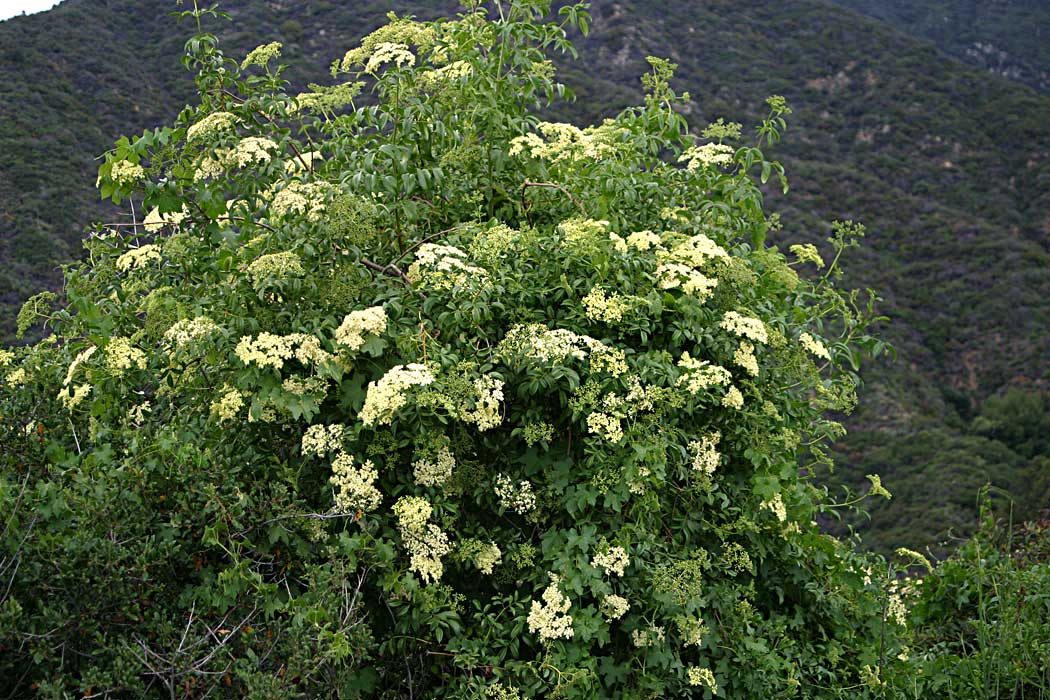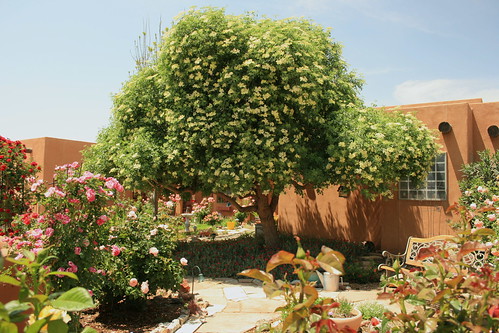 |
| (Texas A & M Agrilife Research photo by Dr Jerry Michels) |
Salt Cedar (Tamarisks) Beetles came out and rapidly multiplied this summer, defoliating Salt Cedar Trees along waterways in the eastern and southern parts of the Texas PanhandleA couple days ago I wrote a piece on Mesquite Dune construction as a Agricultural replacement for Tamarisk wind/sand breaks which had unintended consequences when they were first brought over by early pioneers for use as tough plants which would create the perfect windscreen for crops in dry hot southwestern Deserts. Unfortunately they easily naturalized in the wild dryland areas of the western and southern United States and exploded into wild riparian ecosystems where they have for the most part taken over and replaced most of the Native Riparian (Lakes, Rivers, Streams, etc) Vegetation.
Mesquite Dunes: Practical Solution to Tamarisk Removal & Replacement
 |
| Tamarisk bloom in Göteborg Sweden |
 |
| photo by Kay Ledbetter |
Dr Jerry Michels Texas A&M AgriLife Research entomologist in Amarillo, inspects damage to Salt Cedar along a waterway in the southwestern Panhandle.
Here is the full article from the online Texas A&M AgriLife magazine:
http://today.agrilife.org/2012/09/26/agrilife-research-expert-salt-cedar-beetle-damage-widespread-after-warm-summer/
"The High Plains regions is experiencing a dramatic increase in defoliation caused by Salt Cedar Beetle, which has researchers excited about their work from previous years."
 |
| Photo Credit: Tom Paine |
Notice on both sides of the "New River" which flows out from Mexico how overtaken the river banks are with the non-native Salt Cedar or Tamarisk. There is absolutely no native southwestern native riparian vegetation what so ever. With the successes of this Salt Cedar beetle being introduced, then maybe there may be a slight chance of getting the upper hand and replanting Mesquite, Willows, Cottonwoods, perhaps Arizona Sycamores and other native vegetation which would be a plus for the native wildlife to this region.
 |
| Image - Desert Ecology |
Extensive stand of Tamarisks along the Colorado River and its floodplains, near Yuma, Arizona. Note the irrigation canal in the lower part of this image. Tamarisks rapidly invade the margins of water courses when the fine, silty soils are cleared of native vegetation during construction work of this type.
 |
| Photo: Tom Dudley |
Salt Cedar Beetles rapidly eating and defoliating Tamarisks along the Colorado River near Moab Utah. Untouched and green native willows are seen in the distant background along the Colorado River.
All in all this is great news in a world that gives us very little Good News. Of course not everyone is happy. The infamous Center For Biological Diversity & Maricopa Audubon Society has filed a lawsuit to save an endangered songbird called the Southwestern Willow Flycatcher. The claim is Songbirds use the Tamarisk as nesting and the invasive beetle would destroy all the habitat. This is more political than environmental.
UPDATE - 2013
https://www.biologicaldiversity.org/news/press_releases/2013/southwestern-willow-flycatcher-09-30-2013.html



















































